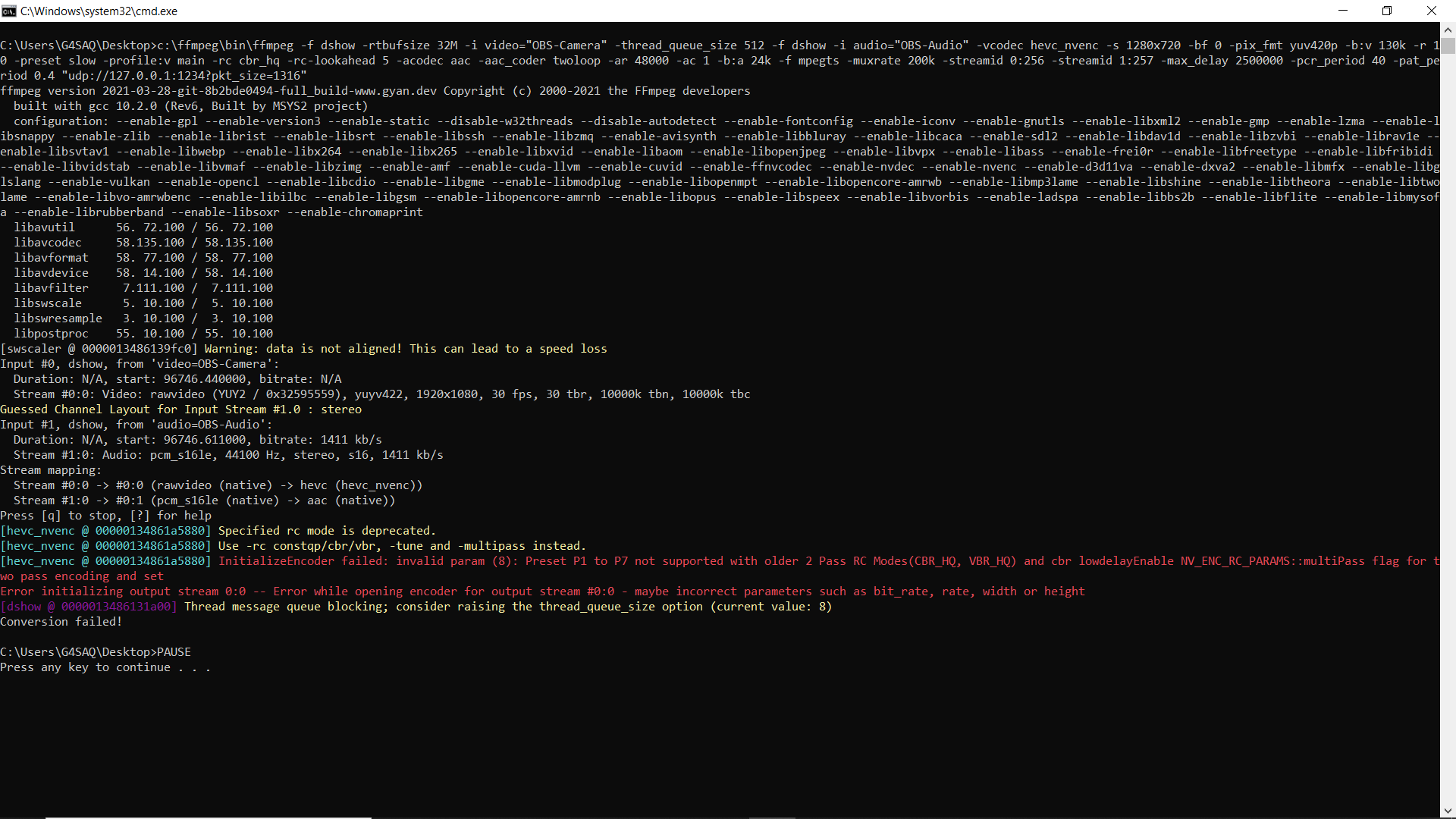

Variations in the version of Avid software and the software codecs can lead to all kinds of bizarre problems.

Avid has *never* done quicktime correctly, since the very beginning. We could never get DNXHD files to work consistently in any of our Blu-ray AVC encoders, or in tools we used for encoding for solid state media players. In our experience it has never played nice with third party applications - Encoders, for instance. I would steer clear of DNX-anything as an intermediate file. AVID also has their "next gen" codec that is more open in terms of format-support (similar to ProRes), but I'm not 100% sure how supported it is on various platforms / systems / apps. It opens with out a problem in most editing systems but might require a codec-pack download. It sounds like it suffers from issues ProRes had back in the early days with encodig bugs and gamma shifts.ĪVID DNxHD is also an option to use though you have to stay within their legal sizes (not greater than HD, legal formats and frame rates). I'd test that codec out internally and externally before committing to it. Personally I'd stay away from them as they can produce sub-par quality and also create files that will fail QC at stations.Ī lot of people talk about Cineform as a solid, multi-platform option to ProRes.

There are also third-party, non-certified, solutions out there. Other options includes things like Telestreme Episode but that get's very expensive. I'm not sure what the best solution is right now, I think some PC-forks have a dedicated MacMini with OSX as a ProRes-transcoder. Writing native ProRes is more complicated however. A Windows PC can easily READ ProRes in applications like Resolve and the Adobe CC-suite.


 0 kommentar(er)
0 kommentar(er)
